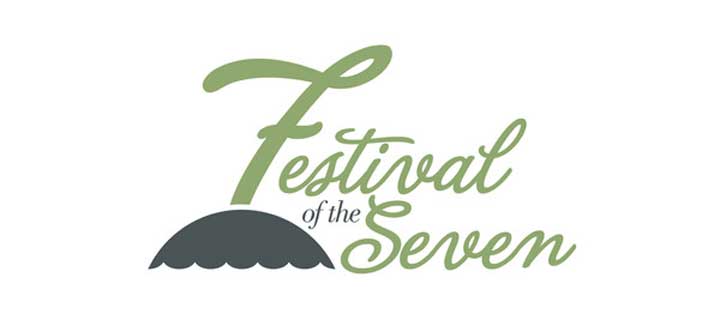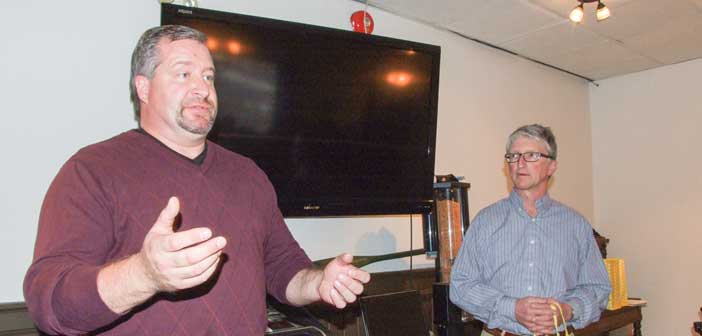M’Chigeeng Youth Conference builds communication pathways with laughter and smiles
M’CHIGEENG—The ‘Inspiring Minds’ Youth Conference held at the recreation centre in M’Chigeeng was filled with laughter and the sounds of young people having fun and enjoying themselves. Who knew they were learning, critical life and work skills that would serve them in good stead in the years ahead as they head into jobs, careers and families of their own.
“Hands on learning, experiential learning, are an integral part of what we do,” said Maheengun Shawanda (Wolf), founder of the Great Lakes Cultural Camps and the youth leadership skills instructor for the conference. “Youth experience learning and learn from experience. Building relationships with each other lays the foundation for what comes after.”
He noted that the sounds of laughter and the “tons of smiles” are indications that relationships and connections are being made. It is through those relationships and the avenues of communication created by that laughter, and reinforced by those smiles, that make the method of learning so very powerful. “But the learning associated with it is very subtle,” he smiled.
The youth conference has been a tremendous exercise in collaboration and partnership in its conception, formation and execution, noted Mr. Shawanda. “The M’Chigeeng First Nation Family Resources, the Training Hub Centre, Health Services (education), UCCMM and the UCCM Police Services joined with dozens of private sector sponsors and Kenjgewin Teg to successfully put this conference together.”
The key role played by Kenjegewin Teg has been particularly inspiring, he said. “I am an absolute fan of what they are doing,” he said.
Mr. Shawanda pointed to the workshop on the youth employment program and practical resume design advice provided by Tashine Migwans, Hub Program Support with the M’Chigeeng First Nation as an example of the types of positive collaboration taking place in the conference.
Ms. Migwans gave an engaging and interactive discussion with a large audience of local youth about what employers expect of them as workers and the employment opportunities that exist all around them, especially in the tourism industry in summer. The value of attaining the bronze level of swimming, enabling a youth to reach a lifeguard or swimming instructor accreditation was noted as particularly valuable.
Participants in the conference were advised to come prepared for both indoor and outdoor activities. “Part of what we are doing is engaging youth in physical activity,” said Mr. Shawanda. “We are using and recruiting with the outdoors.”
The conference had opened in the traditional manner, with a smudge ceremony and a prayer, but in this instance, the rituals were not simply performed in isolation, but the significance of the ceremonies and rituals were explained. “It may be hard to believe, but for a lot of these kids this is the first time that anyone has actually explained the why of what is happening,” said Mr. Shawanda, who noted that M’Chigeeng Chief Joe Hare was particularly engaged (and engaging) in that part of the day.
“It is all part of making the change,” said Mr. Shawanda. “You can’t talk at them, you have to treat them with respect if you are going to engage them to bring about the changes themselves. We plant the seeds, then they decide if they want to see what the rest of it is all about.”
A great deal of the strategy behind the Great Lakes Cultural Camps instruction methodology utilizes peer-to-peer mentoring. That is what makes the laughter and smiles so powerful an ally in teaching. They lay the pathways through which knowledge and training are imparted; pathways that are built with smiles and laughter raise fewer of the barriers youth use as shields against the patronization of teachers who simply stand, lecture and test.





